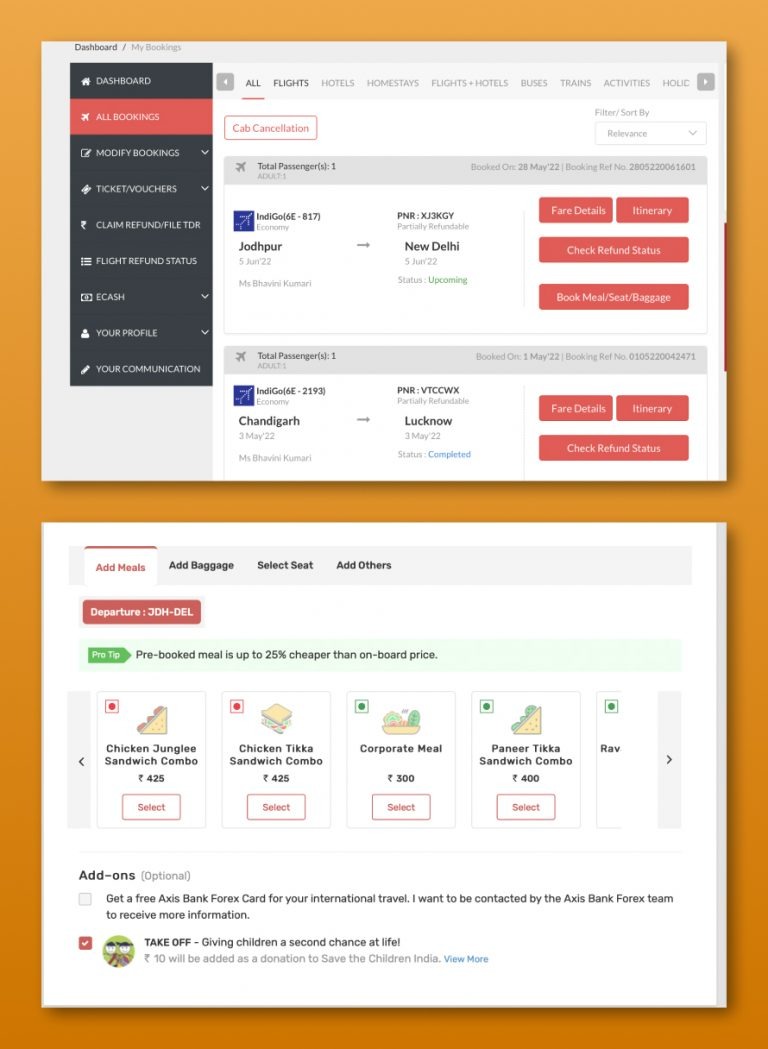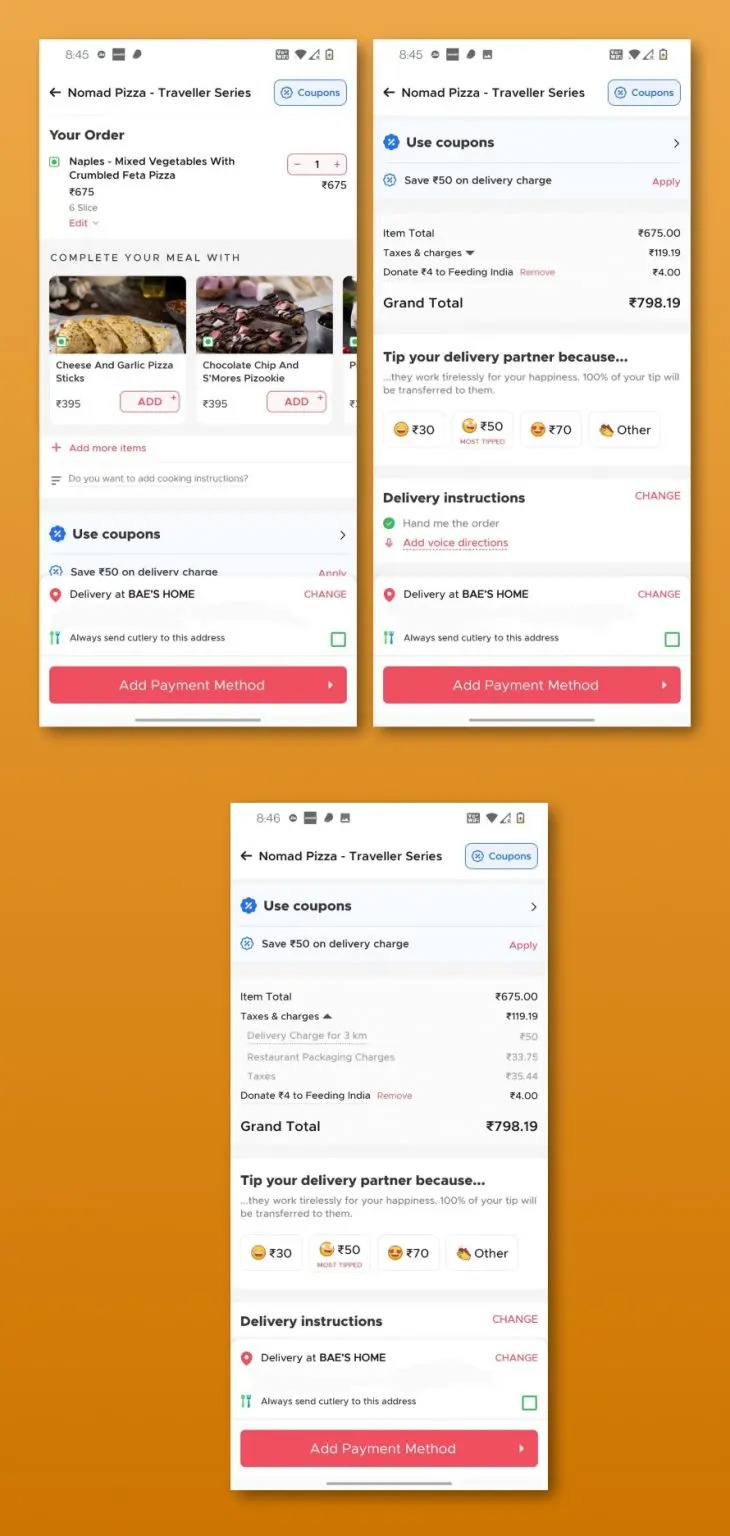Hidden costs are charges that surface when one reaches the last step of the checkout process only to realize that there are additional costs to the base price of a product or service that was visible upfront on a website.
Stuti Mazumdar & Symran Bhue - June 2022

How this pattern gets its name?
Hidden costs gets its name from the way the cost of products or services are presented to users. When browsing to make a selection, there is a certain price that is visible and when the selection is made, the price updates and certain additional costs which were hidden are made part of the order amount. The additional costs are not always just taxes but something attached to the base price of the product or service usually not anticipated by a user.
How to identify this pattern?
This dark pattern hides information. The metrics being prioritized are conversion and revenue.
Hidden costs become apparent by paying close attention to any updates to the price that was initially observed when the purchase decision was made. If the original display price of a product or service is updated as soon as it is moved to the cart, one has identified the ‘Hidden Costs’ dark pattern. This dark pattern can be identified after items have been added to the cart but haven’t been paid for by rechecking the order.
Examples
This dark pattern is again quite prevalent on e-commerce websites. Whether it is convenience fees at the time of booking a flight or additional charges along with taxes that one only becomes aware of when trying to book a hotel room, the ‘Hidden Costs’ dark pattern is widely employed in the hospitality industry.
If you’ve ever flown Indigo Airlines, you will be familiar with how they employ ‘Hidden Costs’. Basically, the ticket fare doesn’t include meals and one finds out about these hidden charges only after they’ve booked a ticket.

We are again going to look at an example of Zomato which is a food delivery app. On Zomato, if you select a food item from a certain restaurant, it shows a certain price from the item selected, but when we look at the total amount payable for the order, the price includes not only taxes but also charges for packaging and delivery. Again, these are hidden charges which are not presented to the user at the time of making the purchase decision but made known after the decision has been made.

In both the above examples we also see a ‘Sneak into Basket’ dark pattern accompanying the ‘Hidden Costs’.
How to make it an ethical design pattern?
Hidden Costs, dark pattern works on the psychology that hiding relevant cost information until right before the payment is made and right after a purchase decision is made would likely deter an average user to go back on the research time as well as energy that was spent and most users go ahead with the purchase just based on the base price. What would help make an ethical design pattern is transparency. Not all customers notice or recheck the order value before making a payment and once the amount is deducted – a user can feel cheated.




